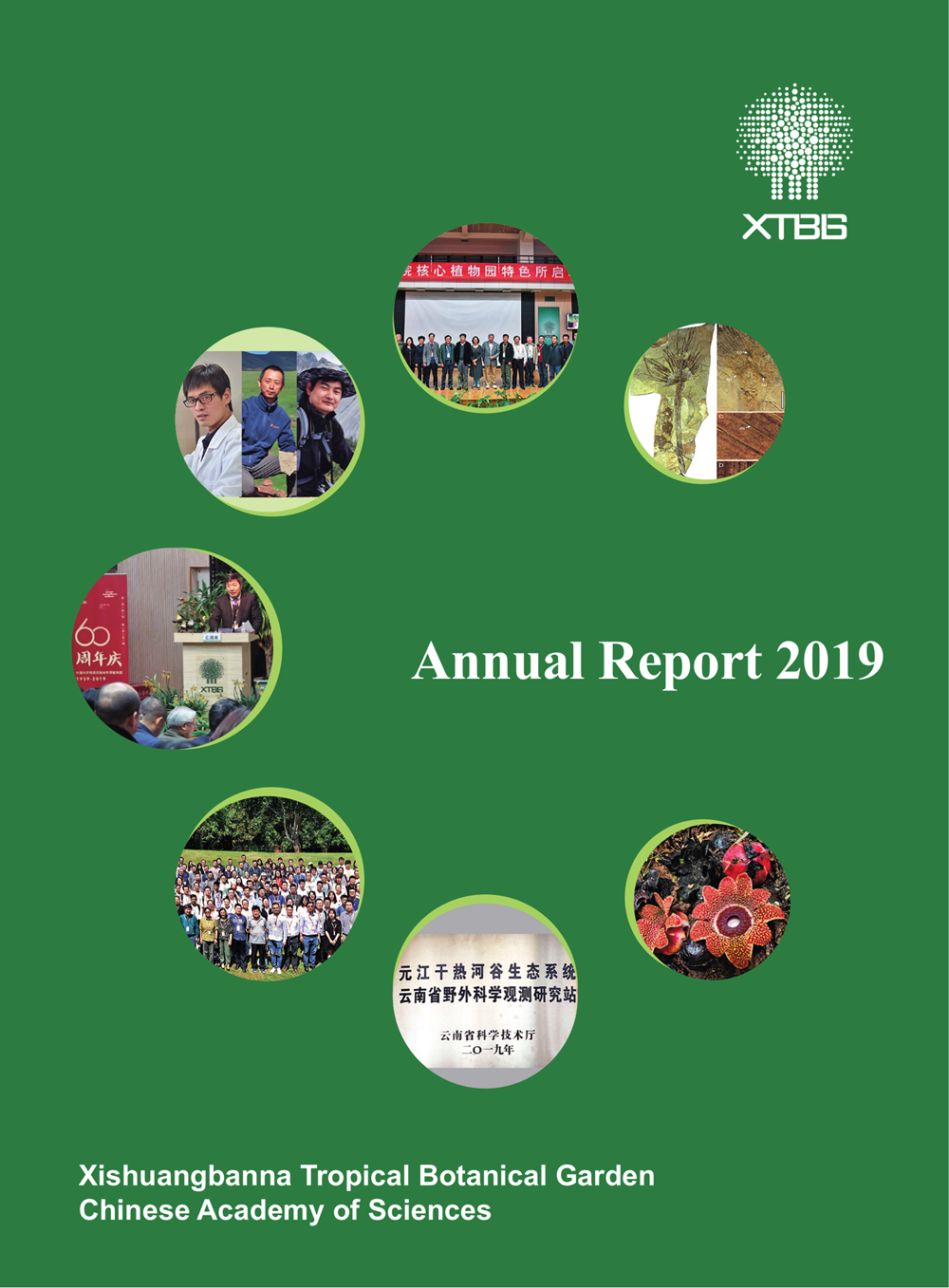The year 2019 marks the 60th anniversary of Xishuangbanna Tropical Botanical Garden (XTBG). This year, XTBG got sound development and made progress in scientific research, species conservation, science communication, landscape improvement, fund applications, etc.
A series of activities concerning the 60th anniversary celebration was held, including the Annual Meeting of the CAS Southeast Asia Biodiversity Research Institute (CAS-SEABRI), 60th anniversary gathering, inauguration of environmental education center, 4th Xishuangbanna International Symposium, council meeting of the Chinese Union of Botanical Gardens (CUBG), launching ceremony of CAS “featured institute”, and international consultation of XTBG.
At the 4th Xishuangbanna International Symposium, themed “Saving all the Plants in a Changing World”, botanical gardens are called for to place plant conservation as a top priority in their missions and to engage with their management authorities, funding agencies, sponsors, visitors, local communities, and other stakeholders to increase the scale and effectiveness of plant conservation actions to ensure that no plant species goes extinct. The participants at the symposium released The Xishuangbanna Declaration on Plant Conservation.
In 2019, XTBG received 135 million Yuan in research funds for 119 new projects, got 324 research articles published in internationally peer-reviewed scientific journals, 3 monographs published, and 5 patents authorized, etc.
In a study published in Science Advances, XTBG researchers reported the discovery of the youngest well-preserved fossil palm leaves from Tibet. They showed that a large valley system with a floor less than 2.3 km above mean sea level existed in central Tibet as late as 25 million years ago.
Hu Yanru and Su Tao were granted the Excellent Young Scientists Fund of NSFC, which is the first time for XTBG researchers receiving the funding of its kind.
In 2019, XTBG has harvested the seeds of Sapria himalayana, a root parasitic plant and rare botanical curiosity. It is the first time for XTBG to get the seeds of this host-specific parasitic angiosperm. XTBG is also the first Chinese botanical garden to get the seeds of this amazing plant.
The Southeast Asia Biodiversity Research Institute (SEABRI) and Chinese Union of Botanical Gardens (CUBG) also witnessed rapid development and contributed a lot.
With the reform of CAS core botanical gardens, the featured institute made progress, aiming to integrate the efforts on biodiversity research and conservation of the three main botanical gardens in order to meet national needs. A couple of policy documents and regulations for supporting the reform has been reviewed and issued.
XTBG has also developed well in academic atmosphere, partnership, talent training, graduate education, science communication, landscaping, and species conservation, etc. For more information, please refer to our Annual Report 2019.

Annual Report 2019

